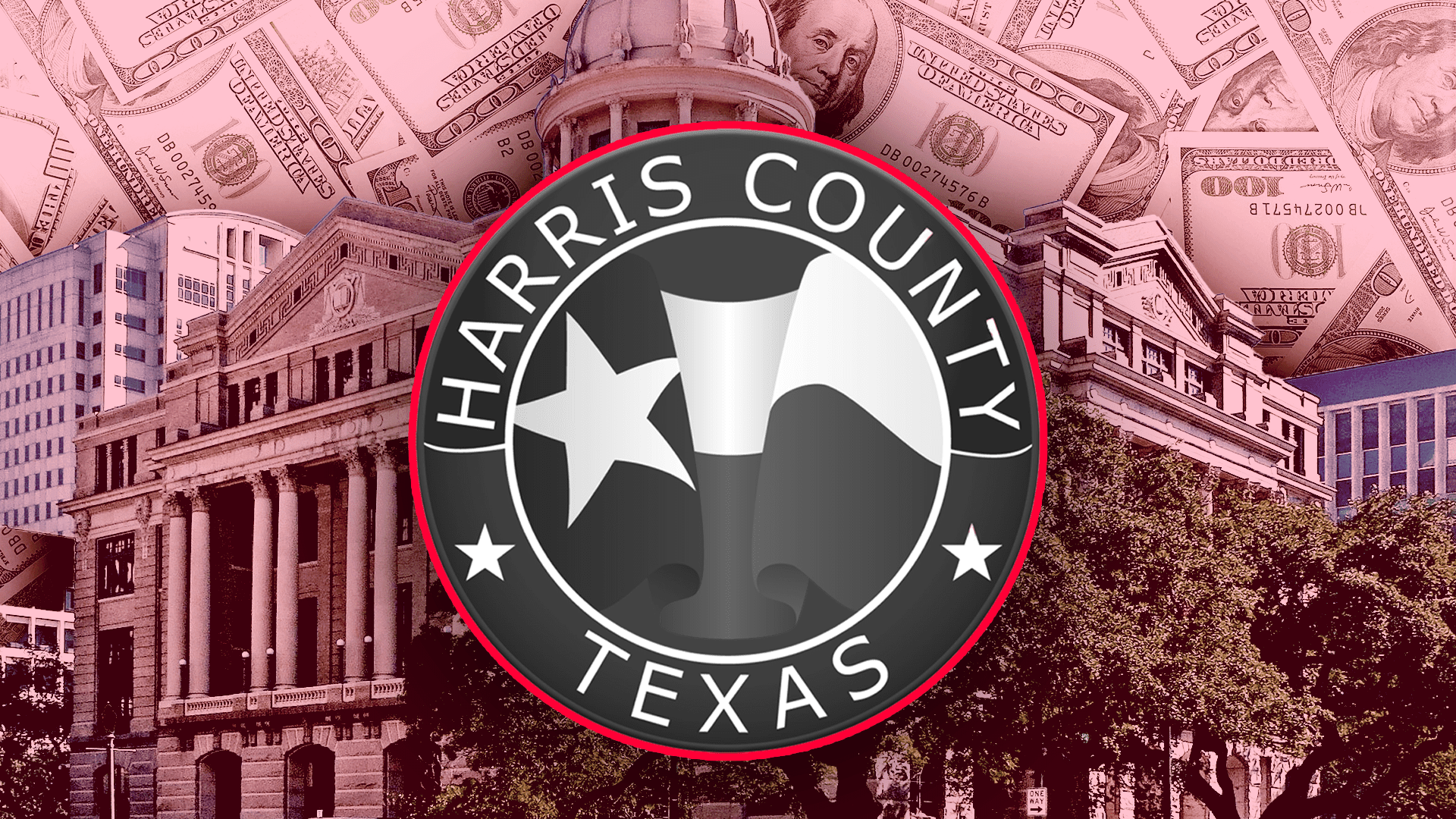I wrote this op-ed two years ago. It was incredibly important at the time and is even more relevant today.
The Resilient Communities program, which will protect our electrical grid from natural and man-made threats (EMP/GMD/cyber/physical) is by far the single best opportunity to ensure sustainable economic prosperity for future generations of Texans.
There was a time when life without electricity was the norm. By the 1930s, the majority of people living in larger towns and cities enjoyed the luxury, but only 10 percent of Americans who lived on farms or in rural areas had electric power. In 1936, the Rural Electric Administration was created to bring electricity to rural areas. No longer a luxury, electricity is now considered to be essential to life. A resilient power supply is essential to sustaining economic prosperity.
A prolonged power outage today would result in a complete breakdown in the fabric of society as we know it. Without power, communications systems would go down, creating a chaotic response to the situation. While limited locations would have access to temporary generators, as the on-site fuel for those generators is expended, replacement services would be at a standstill. Pipelines and transportation systems would be immobilized. Medically fragile individuals with dependency on machines would be some of the first victims. Those who depend on life-saving medications would be next as diseases such as high blood pressure and diabetes, currently controlled by medication, become death sentences. Then, as clean water supplies are compromised and waste water treatment plants are overwhelmed, diseases commonly associated with third world countries would become prevalent.
While Texas’ history with hurricanes, wildfires, ice storms, and critters has made the state well prepared for short-term outages of power, there has been no significant planning for a catastrophic long-term loss of the electric grid that could be the result of cyber, natural, or man-made causes. The very idea that a single event causing the loss of the electric grid could plunge the entire nation back into a time without electricity, cell phones, or the internet is so overpowering that it is easier to ignore the threat than to plan for it.
But, ignoring the threat does not make it go away. And, Texas can serve as a model for the nation because the state has a self-contained electrical grid. I will be filing legislation to provide for the future economic security of the state by incentivizing energy resilient communities to provide a safe haven where families and businesses can live with assurance that if the country faces a catastrophic power outage, the lights will come back on first in Texas.
An Energy Resilient Community would be one where provisions have been made to ensure the energy, electric power, and fuel supplies are protected and available for recovery in the event of a catastrophic power outage. By establishing appropriate standards for energy resiliency and identifying critical infrastructure for immediate hardening of the grid at the state level, the state can ensure a reliable source of power in any scenario. Then, communities may prioritize coming into compliance with additional standards in the areas of:
- Emergency services;
- Communications systems;
- Clean water and sewer services;
- Healthcare systems; and
- Financial services.
A Five Star Resilient Community (a community with hardening in five additional areas of concern) would offer its citizens the benefit of reliable services in the event of a power outage and a path forward to getting the electricity back on and the economy back in action in the least amount of time.
Preparation for a resilient state would begin with the creation of a Texas Grid Security Advisory Commission (TGSAC) under the direction of the Texas Division of Emergency Management (TDEM). That commission would establish the standards for protection of the grid and recognition as a Five Star Resilient Community.
A third party, contracted by the State Office of Risk Management (SORM), with experience in hardening of systems to military standards at the federal level will identify critical components of the electrical grid to be hardened by January 2021. In cooperation with TDEM, the TGSAC will develop a plan for continuity of services in the event of a catastrophic loss of power in the state that will include a timeline for hardening of noncritical components of the system to be upgraded or protected to ensure the ability of power companies to restore service. Power companies will have the flexibility to propose an alternative timeline and level of protection for approval to the TGSAC if needed. The plan will also include provisions for long-term resiliency provisions for supporting industries such as fuel supplies, communication, water/sewer systems, food supply, and healthcare. This resiliency plan will become part of the state emergency management plan.
In a best-case scenario, all of the time and effort put into securing the electrical grid will prove to be an exercise in the possible. In any other case, it will prove to be the step that puts Texas at the top when the lights come back on after a catastrophic power outage.
For additional information on the impact of a catastrophic power outage:
Grid Protection Resources:
Electromagnetic Defense Task Force 2018 Report
Heritage Foundation: The Danger of EMP Requires Innovative and Strategic Action
Homeland Security: EMP Protection and Resilience Guidelines
President’s National Infrastructure Advisory Council
Economic Impact:
Let’s Try a Day Without It
Business Blackout
Cost of Data Center Outages
2017 Blackout Tracker
This is a commentary published with the author’s permission. If you wish to submit a commentary to Texas Scorecard, please submit your article to submission@texasscorecard.com.





